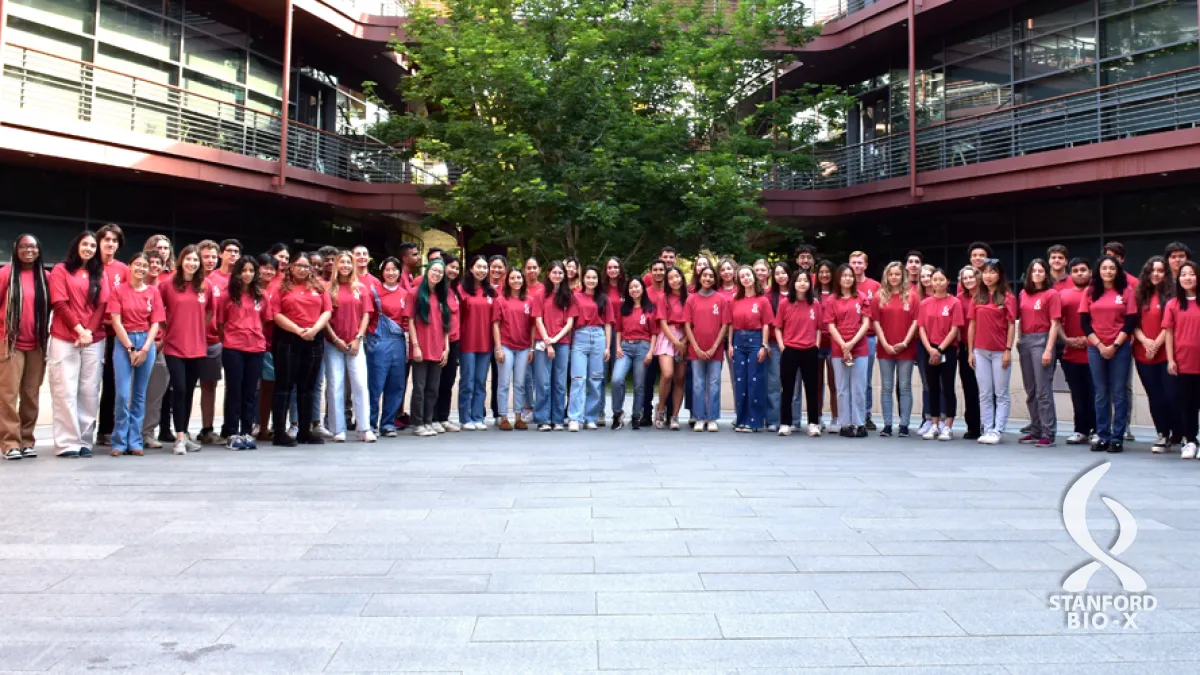News Mentions for the week of June 26, 2023
Our experts are often called upon to provide insight on current events and topics in the news. Here are some of the articles Stanford Psychiatry faculty have been interviewed for in recent weeks.
- NY Times
We Have a Dopamine Problem
The neurochemical has become a boogeyman for people worried about addiction and indulgence. But the real story is a lot more complex. Anna Lembke, professor of psychiatry and behavioral sciences, is quoted.
- USNWR
Science Brings New Insight Into Origins of OCD
Psychologists from the University of Cambridge in the U.K. report they have found widespread chemical imbalances in the regions of OCD patients’ brains responsible for decision-making, specifically involving the major neurotransmitter chemicals cortical glutamate and GABA. The findings could lead to more targeted treatments for the condition, they added. Carolyn Rodriguez, professor of psychiatry and behavioral sciences, provides comment.
- NY Times
How to Wean a Teen Off Social Media
Public health experts have sounded alarms over the potential risks. But if you’ve already given your child full access, here’s how to cut back. Nina Vasan, clinical assistant professor of psychiatry and behavioral sciences, provides comment.
- Psychiatric News - APA
Researcher Looks to Bolster Evidence-Based Care in Clinics
Mark McGovern, professor of psychiatry and behavioral sciences, leads Stanford University’s efforts to implement and sustain complex models of substance use care at both public and private addiction treatment centers.
- Stanford University School of Engineering
The future of trauma therapy
Guest Debra Kaysen, professor of psychiatry and behavioral sciences, says that promising new cognitive and behavioral therapies are, quite literally, giving people with PTSD “their lives back.” These therapies work without drugs to help patients manage their disease and its symptoms and, perhaps, even cure PTSD. "We’re providing tools to change how they think," Kaysen tells host Russ Altman on this episode of Stanford Engineering’s "The Future of Everything" podcast.
- Rolling Stone
The Battle for the Future of Psychedelics
Scientists and activists convened at a massive conference in Denver last week to declare a renaissance for drugs like psilocybin and MDMA. A study that demonstrated reduced PTSD, anxiety, and suicidality in veterans treated with ibogaine, led by Nolan Williams, associate professor of psychiatry and behavioral sciences, was mentioned.
- Stanford Center for Innovation in Global Health
Announcing the 2023 Global Health Seed Grant Awardees
The Stanford Center for Innovation in Global Health has announced seventeen new seed grants, each of which tackles an emerging threat to global health, and each with the potential to one day save human lives. Congratulations to Daryn Reicherter, clinical professor of psychiatry and behavioral sciences, co-leading the project "A trauma-informed approach to United Nations’ war crimes investigations" and to Zainab Hosseini, graduate student, and Rania Awaad, clinical associate professor of psychiatry and behavioral sciences, co-leading the project "Evaluating a culturally responsive psychosocial support program for Afghan refugee young adults resettled in Southern California."
- CBS News
San Francisco crackdown on open-air drug use intensifies
San Francisco has been getting tougher with open-air drug use and, in July, enforcement will intensify. Keith Humphreys, the Esther Ting Memorial professor of psychiatry and behavioral sciences, provides comment.
- Stanford Bio-X
Announcing the 2023 Stanford Bio-X Undergraduate Summer Research Program Cohort!
Stanford Bio-X is delighted to announce the 2023 Stanford Bio-X Undergraduate Summer Research Program (USRP) cohort. With guidance and support from Bio-X, their Stanford faculty mentors, and their research labs, these 70 stellar undergraduates will undertake full-time research – many of them for the first time – in the labs of 65 Stanford faculty who represent 30 different departments.








